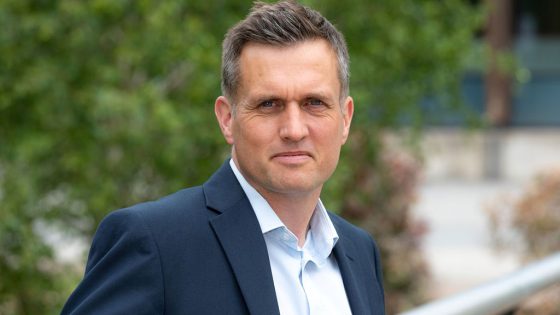Howel Morris is land regeneration director at Rodgers Leask
Brownfield and regeneration are now synonymous with one another, with conversation on the subject never far from the headlines. The government is currently working on a raft of policy changes to make the planning process easier for housebuilding purposes, eager to take immediate action on its long-term plan for housing.
Recognition of brownfield land is equally evident through initiatives like the Brownfield Land Release Fund, promising millions of pounds of investment to local councils. But it remains to be seen whether the money available is going to make much difference in relation to the potential that brownfield land holds. It is clearer than ever that brownfield regeneration is at the forefront of everyone’s minds.
“Understanding what’s in the ground and how it can be engineered to meet development requirements is crucial”
With these sites being notoriously difficult to unlock, commitment from the public and private sectors is essential for progress. There is greater interest in brownfield sites for different reasons. Using companies that work with housing associations as an example, developing one big site can be much easier to manage than 10 smaller ones – which is preferable when the houses are guaranteed to be occupied once built regardless of the land they sit on. The guarantee of sale or income is a luxury not available to private housebuilders that work hard in open market conditions to achieve sales.
In the past, private developers were more prepared to pay for land remediation, which was available at a lower cost, and sustainability was not such a critical factor. This has now reversed. With everyone very sustainability minded, there is less money around to spend on remediation – leaving the same level of action as in the past. The increased landfill tax has further promoted sustainable alternatives, leading to more innovative solutions around investigation, remediation options and risk assessment.
In some cases, groundwork is being overcomplicated through poor specification and this is discouraging development because of the additional costs that will be incurred. Ultimately, understanding what’s in the ground and how it can be engineered to meet development requirements is crucial. One route to success is by ensuring that collaboration between ground engineers, civil engineers and contractors is established as early as possible during projects. This creates an environment in which the best options can be devised, with the confidence that they can be delivered on time and on budget by the project team, so that those funding a project are in a stronger position to make key decisions.
Digitalisation
Digitalisation is helping to improve work associated with brownfield regeneration, as with every other area in the construction industry. Solutions that were less obvious when hidden in lengthy written reports are now visible as new digital tools have improved analysis and modelling. Once clients had to be convinced that a clunky two-dimensional model had the solution. Now, the three-dimensional models used are much easier for everyone to visualise, understand and value engineer the complete project.
Being technology-led on projects is only possible with data. It’s worth putting energy, time and expertise into the collection of data about a site. It not only minimises the potential of human error, but collaboration is easier when everyone has access to the same information.
Technology is constantly evolving, which is both exciting and intimidating in equal measure. If we want to utilise the tools at our disposal to their greatest capability, we must ensure there isn’t an overwhelming lag between our understanding and our usage of the tools. In other words, the need to upskill the current workforce while also allowing the next generation to test their technology ideas is paramount moving forward.
It’s impossible to say how long this sudden brownfield regeneration boom will last. However, when things align, projects can be a huge success from the perspective of everyone involved. Ground engineers are ready and waiting, so let’s aim to see more of the 33,000 brownfield sites begin to take shape.

